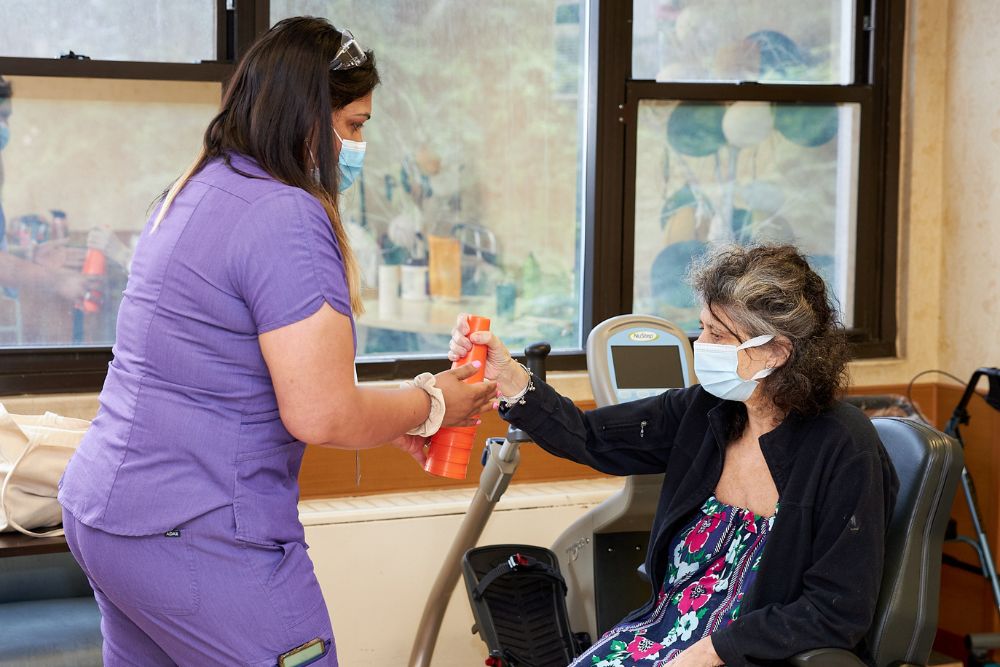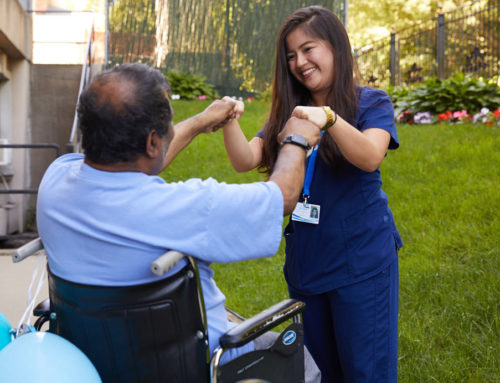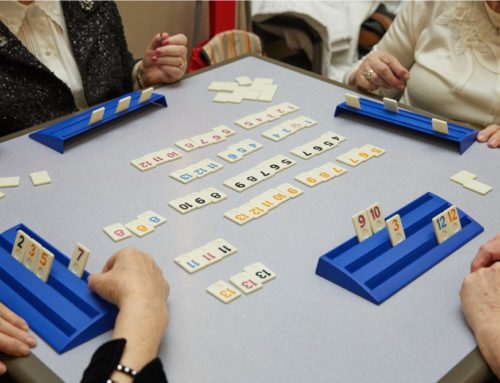Can Muscle Atrophy Be Reversed in the Elderly
The older we get, the more we notice weakening muscles, which we often assume is a normal part of aging. Though elderly muscle atrophy is common, it doesn’t mean we must let it happen. In fact, the process is reversible as long as you’re capable and willing to put in the effort. Adding physical activity to your routine and sticking to a healthy diet do keep those muscles thick and strong.
Rebuilding those muscles safely takes time and the right exercises. Your doctor may recommend physical therapy, and exercise program, including a customized plan created by a trained professional. Your physical therapist will determine your program based on your current activity level and health, including any related medical conditions. Let’s take a look at how to combat muscle atrophy in seniors.

Elderly Muscle Atrophy – Move the Body
Muscle atrophy has several causes, including medical conditions, starvation, injury, or malnutrition. Losing muscle tissue, strength, and function also frequently occurs in people aged 60 and over.
It occurs when protein production in the body slows, causing a reduction in muscle fibers. Hormonal changes also occur, including the loss of insulin-like growth factor and testosterone, altering those muscle fibers even more. The symptoms of this condition, sarcopenia, include smaller muscles, reduced stamina, a slower gait, and poor balance.
The main cause of elderly muscle atrophy is physical inactivity, though there can be other causes and health issues, such as diabetes or other conditions. So, moving your body is crucial to reverse the issue. Any exercise helps increase muscle mass, but some options are safer than others for inactive individuals.
Strength training rebuilds muscles, while cardio workouts improve circulation, lung capacity, and heart functions. Flexibility exercises are also recommended to improve range of motion and joint function. Some activities to consider include weight lifting, resistance training, swimming, walking, and cycling.
Muscle atrophy in the elderly can lead to significant weakness, making it difficult to perform daily activities such as walking, climbing stairs, and lifting objects. Weakened muscles contribute to poor balance and coordination, significantly increasing the risk of falls. This can result in a loss of independence. Exercise can play a significant role in combating muscle atrophy in the elderly by promoting muscle strength.
What food and supplements can slow muscle loss?
Physical inactivity isn’t the only factor affecting muscle atrophy in the elderly. Malnutrition causes a person to lose muscle tissue, decreasing their strength. For some, the issue results from reduced food intake, including dieting, forgetfulness, or financial concerns. Eating the wrong foods also leads to muscle wasting, especially when your meals include fried, fatty, or sugary options.
When you eat the wrong foods, you may be missing essential nutritional requirements. For instance, protein contains amino acids that stimulate muscle growth. When your diet lacks the proper protein levels, muscle loss occurs.
Altering your diet to include healthy choices is the best way to prevent muscle atrophy in the elderly. You can also try supplements to boost the nutrients you’re missing. As well as protein, your doctor may recommend amino acid supplements, including glutamine, taurine, methionine, and creatine. Vitamins C, D, and E, calcium, magnesium, selenium, and fatty acids are also beneficial for rebuilding atrophied muscles.
Another reason is excessive sugar consumption, which can contribute to weak muscles and overall muscle health issues. Consuming high amounts of sugar, particularly refined sugars found in sweets, sodas, and processed foods, can lead to insulin resistance. This condition reduces the muscles’ ability to effectively use glucose for energy, which can result in muscle weakness. Excessive sugar consumption can also lead to weight gain and an increase in body fat, especially visceral fat. High levels of body fat can interfere with muscle function and overall physical performance.
Can massaging help?
Though exercise and proper dietary habits are vital for preventing or reducing elderly muscle atrophy, massage is also beneficial. Massaging your muscles dilates blood vessels for better circulation and a higher rate of nutrient distribution.
Muscle growth is also improved with therapeutic massage, preventing muscle fiber loss while encouraging tissue growth. During massage sessions, the muscles relax, releasing compressed nerves and decreasing inflammation for better blood flow.
Resources:
- Cleveland Clinic, Sarcopenia https://my.clevelandclinic.org/health/diseases/23167-sarcopenia
- Harvard Health Publishing, April 10, 2023, Don’t let muscle mass go to waste https://www.health.harvard.edu/staying-healthy/dont-let-muscle-mass-go-to-waste
- NCBI, January 12, 2010, Muscle tissue changes with aging https://www.ncbi.nlm.nih.gov/pmc/articles/PMC2804956/
- NCBI, June 2, 2021, Nutraceuticals in the Prevention and Treatment of the Muscle Atrophy https://www.ncbi.nlm.nih.gov/pmc/articles/PMC8227811/
- Institute for Integrative Healthcare, May 5, 2016, Massage Improves Weak and Atrophied Muscle https://www.integrativehealthcare.org/mt/massage-improves-weak-and-atrophied-muscle/#:~:text=Massage%20can%20also%20prevent%20the,growth%20and%20delaying%20further%20atrophy
This article is for educational and informational purpose only and does not substitute for professional medical advice. For any questions about your own health condition, speak to a qualified physician or healthcare provider.







Leave A Comment